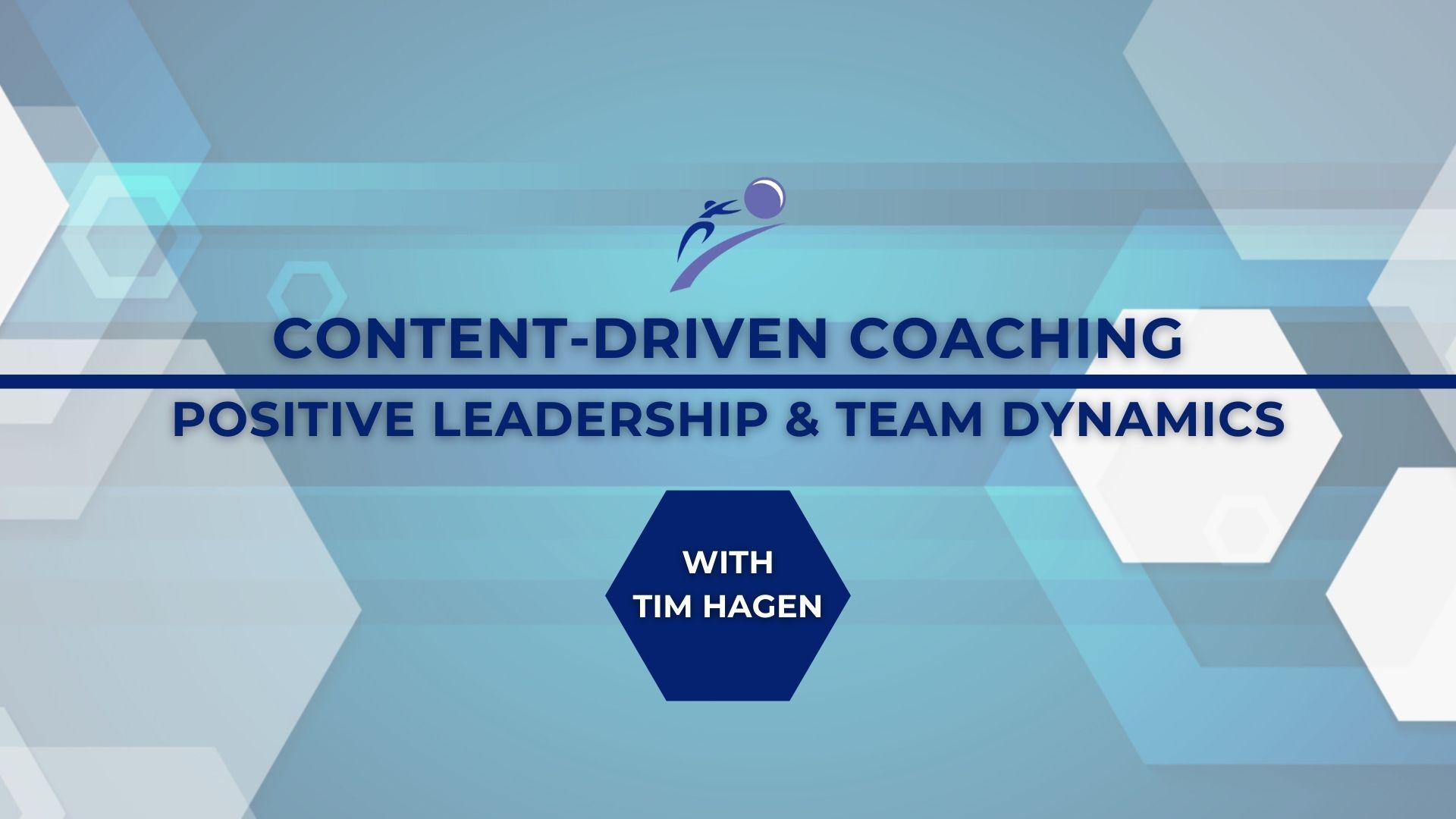Transforming Departmental Conflicts into Collaborative Opportunities
Bridging departmental gaps encourages a culture of collaboration. What if you could transform inter-departmental conflicts into opportunities for growth and unity? Here's a revolutionary methodology that prioritizes active listening and structured feedback, enabling teams to unravel and address cross-departmental concerns effectively. For example, rotating peer-to-peer conversations can enhance understanding and create a supportive environment for discussing departmental strengths and areas for improvement.
We guide you through the entire process, from conducting insightful breakout sessions to facilitating impactful feedback roundups. Emphasizing the importance of structured feedback—two strengths and one area for improvement—this approach ensures that concerns are heard and addressed thoughtfully. These techniques not only break down silos but also empower teams with actionable insights full of mutual respect and consideration. Learn how to churn conflict into a catalyst for meaningful change and create stronger, more cohesive teams.
As we all know, when we have a cross-departmental or siloed department, conflict arises. It's inevitable. One of the best things we can do in that situation is not to try and solve the problems right away as a solitary approach, meaning just one approach. Maintain rotating peer-to-peer conversations, and get people building awareness and commonality with each other. Then, teach them a problem-resolution methodology, which I'll outline below.
#1 - Get all needed departments in the same room / same table.
In tables of three or four people or in virtual rooms of three to four people, and have people represent the different departments (one person per department).
#2 - Share perspectives.
Have each person at the table share a perspective. In breakout sessions, have them share an impression of the other two to three departments that are sitting at your table. Have their perspective on what those teams do really well and where they have a better opportunity to improve or serve your particular department better.
If you are one of the other three team members representing other departments, you are going to write down what you've heard. After you've written it down, you're not going to solve it. Do not address solutions for what you've heard. What you're doing is you're simply facilitating the practice of listening to cross-departmental concerns. If there's a table of four, you're going to have all four people share. Each of the three who are listening to the team member talk will write down what they've heard about their department.
#3 - Facilitate department roundups.
People disperse from the initial perspective sharing and take those comments back to their departments. Each department hosts their own roundup where you share what you heard from the cross-department sharing. Share others' perspectives. This gives everyone a chance to practice listening and reflecting. Take two or three of the items you received feedback on and strategize solutions to deploy or alter the perceptions you received in a positive and effective way.
#4 - Reconvene the departments.
This is one of the coolest things you can do. Get the groups of departments back together and share the strategies they're going to deploy based on the perceptions they've heard. Now, most likely they're not going to address everything, but the process creates active listening. It creates a controlled environment to manage conflict and then becomes a problem-resolution standpoint. This is the time to say, "We've heard what you've said. Here's what we're going to do."
Now, here's the key to it: you have to structure the feedback.
Present feedback in this structure:
Step 1: Share two things that the other departments at your table do well.
Step 2: Share one area where they can improve and or serve your particular department well. This process creates a controlled environment by using language where people feel comfortable communicating.
That it is one of the coolest things you can do to break down silos and really become cross-departmental teams working together as one.
LEARNING PROJECTS FOR CROSS-DEPARTMENTAL COHESION:
- During a coaching session, ask the person to return the next session with a list of traits of someone who exhibits great teamwork and positivity. Ask them to identify what strengths they have, and compare that to the list of traits of someone who exhibits great teamwork and positivity. Ask them to identify one trait on that list where they have an opportunity to improve.
- During a coaching session, ask the person to return to the next session with two examples of where they really demonstrated great teamwork and collaboration with another department. Have them write it down, and how that experience served them well, as well as how it served the project or team well.
- The following week, have them return to the next session with one example of where their teamwork and collaboration didn't quite hit the mark, and why it didn't measure up. Ask them to include any barriers they experienced in keeping them from being more collaborative, along with some brainstormed solutions of ways to remove or mitigate those barriers.
- The following week, have them review the list of traits of someone who exhibits great teamwork and positivity, where they previously identified the one trait they had an opportunity to improve. Have them write out an action plan of ways they can improve that trait to become a strength. The action plan must have steps with measurable deliverables and be reviewed each week. Each week, celebrate the progress they've made.
Boost your coaching and leadership game with our FREE COURSE to help leaders enhance their coaching abilities.
Lead with Impact: 6 Steps to Building a High-Performance Coaching Culture in Your Organization
This is a 7-day course with video lessons sent to your email throughout the week. You can watch the recorded lessons on your own time at your own pace.
Discover:
-
The best attributes of coaching
-
An efficient framework for coaching
-
The crucial tiers of learning
-
The 3 levels of change
-
The power of questions
-
and more!
Access the free course here: https://upvir.al/156009/lp156009





